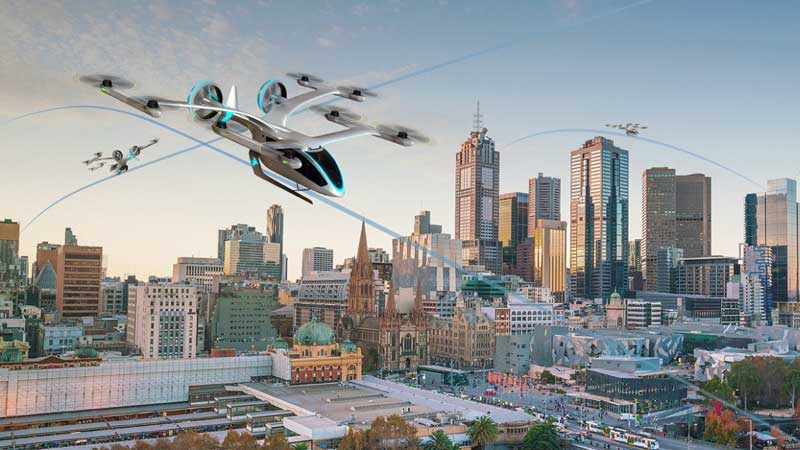Tesla’s battery research team headed by Jeff Dahn has published another significant battery breakthrough and flagged that it could help enable electric aviation.
In a new paper published in esteemed scientific journal Nature entitled “Diagnosing and correcting anode-free cell failure via electrolyte and morphological analysis”, Dahn and his team address the limitations of lithium metal batteries, which have potential as high-energy density batteries but are subject to fast degradation.
It’s a problem that others in the battery research community have been tackling, such as researchers at Stanford University as reported by The Driven in June.
Research partner for Maxwell Technologies (which was acquired by Tesla in 2019), Shirley Meng, has also been working on this problem.
In the new paper, Dahn’s team describes how they have used electron microscopy and X-ray tomography, to observe electrolyte degradation in a form of anode-free battery cells Dahn’s team describe in this paper published in Nature in 2019.
They then used the insights learned from their observations to “develop an optimized electrolyte, extending the lifetime of anode-free cells to 200 cycles.”
While 200 cycles is not huge, it is another incremental step forwards that could eventually add up to much more.
As lithium-metal batteries can have as much as 60% more energy stored in them by volume than typical lithium-ion EV and laptop batteries, the potential – should researchers solve this puzzle – is huge.
So much so that Dahn’s team note in the abstract for the paper that, “Such high energy density can increase the range of electric vehicles by approximately 280 km or even enable electrified urban aviation.”
There are a multitude of electric flight startups such as Australia’s MagniX, Eviation, looking into electric flight and legacy aviation companies such as Boeing and disruptor like Uber are also conducting R&D to bring to market “vertical-take-off-and-landing “air taxis, otherwise known as VTOLs (although the Coronavirus pandemic has no doubt put a stop on many of these trials for now).
So what? One might say – Tesla makes cars, not planes.
But Tesla boss Elon Musk has said several times that he would like to enter the field of electric aviation, namely in the VTOL arena.
In May 2019 Musk hailed VTOL startup Lilium on its first maiden flight, saying it was a “good design” and adding that he had “been thinking about [a supersonic VTOL design for Tesla] for a long time”
Musk added however that electric supersonic VTOLs are a “hard problem”.
Yeah, been thinking about it for a long time. Electric supersonic VTOL. Hard problem.
— Elon Musk (@elonmusk) May 21, 2019
But this hasn’t dampened his enthusiasm for the taxis of the future.
As recently as Saturday, Musk again mentioned his intense desire to make electric VTOLs, but admitted that perhaps, what with Tesla’s various projects and factories, as well as SpaceX, Starlink, and Neuralink, he may already have more than enough on his plate.
I want to do electric vtol supersonic sooo bad, but my brain will overload
— Elon Musk (@elonmusk) August 15, 2020
Citation:
Louli, A.J., Eldesoky, A., Weber, R. et al.
Diagnosing and correcting anode-free cell failure via electrolyte and morphological analysis.
Nat Energy (2020).
https://doi.org/10.1038/s41560-020-0668-8

Bridie Schmidt is associate editor for The Driven, sister site of Renew Economy. She has been writing about electric vehicles since 2018, and has a keen interest in the role that zero-emissions transport has to play in sustainability. She has participated in podcasts such as Download This Show with Marc Fennell and Shirtloads of Science with Karl Kruszelnicki and is co-organiser of the Northern Rivers Electric Vehicle Forum. Bridie also owns a Tesla Model Y and has it available for hire on evee.com.au.


